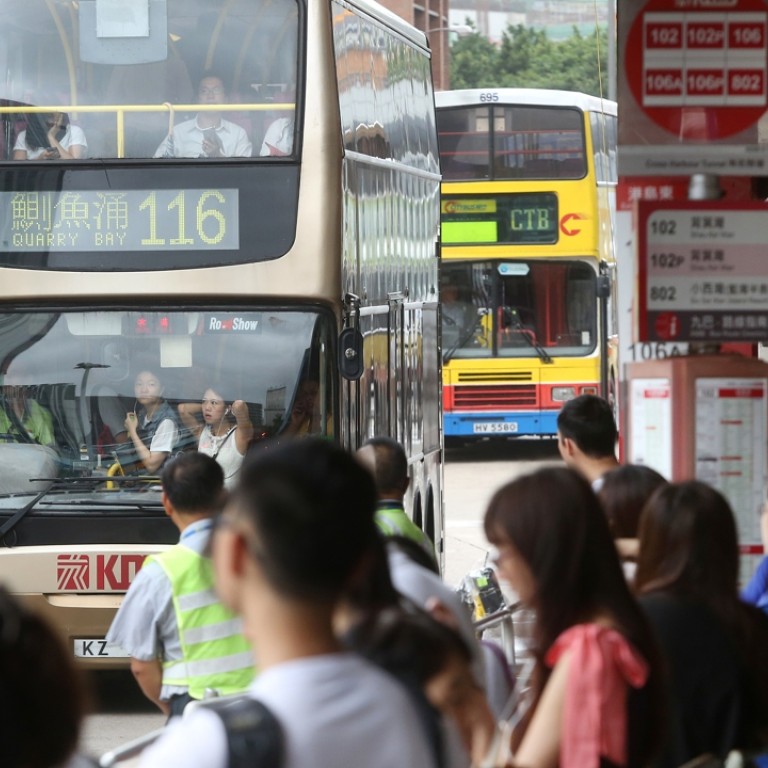
Present taxi licensing system can meet all customers’ needs
At a time when people are rushing to hop on the “sharing economy” bandwagon, we need to evaluate how well it could be adapted for Hong Kong. A case in point is the public transport services.
Having lived and worked in different cities around the world, I have always appreciated the quality of public transport in Hong Kong, from the convenient and reliable subway to the readily available and affordable taxi service. It is easy to forget this when we literally take the public transport for granted day in and day out – until friends and family visiting from overseas remind us of how spoiled we are.
Taxi fares in Hong Kong are by far the lowest among all the major financial centres around the world. I know a lot of expats who rely on taxis to get around, so language competence does not appear to be a real obstacle. And the current supply of taxis seems quite adequate, with the possible exception of the New Territories.
While taxi-hailing apps have been gaining popularity in other jurisdictions, the reasons for their success are not relevant for Hong Kong. In expansive cities in other developed economies – I have in mind places like Los Angeles and just about most Western suburbs – there simply are not enough, if any, vacant taxis roaming the streets. People in these places have always needed to phone dispatches for taxis when they cannot arrange private transport. The advent of smartphones with texting and GPS capabilities simply obviates the need to call and talk to the dispatcher.
It would be a mistake to think that because of smartphones, we somehow needed to add a new mode of public transport. After all, the taxi industry council recently announced that it will be rolling out a taxi-hailing app, complete with a channel to lodge service complaints.
The status quo is far from perfect. However, the recent clamour makes it seem like the only way to get improvements in service quality and options is by introducing a new player in the public transport ecosystem, along with new operational models and regulatory regimes.
Instead, the government can easily offer the public new point-to-point transport options through the existing taxi licensing system. For instance, if more vehicle models catering to different needs can be approved for taxi service, I believe most of the voices calling for new options will quickly subside.
Jon Shell, Mid-Levels

